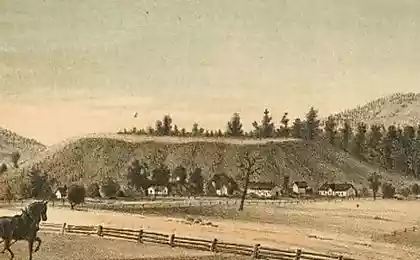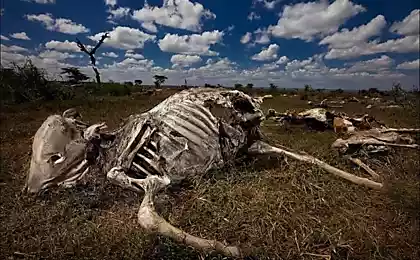629
11 archaeological photos that prove that this world still hides a lot of secrets
Sixty six million one hundred eighty eight thousand three hundred forty two
In childhood, every person wanted to find the treasure. And some have carried this dream further and become archaeologists. Thanks to them our planet with each passing year reveals more and more secrets of the past.
Site offers you to see a selection of photographs from the archives of National Geographic, which captured the most interesting moments of the archeological searches.
1. Archaeologists studying the stone head of the Olmec, 1947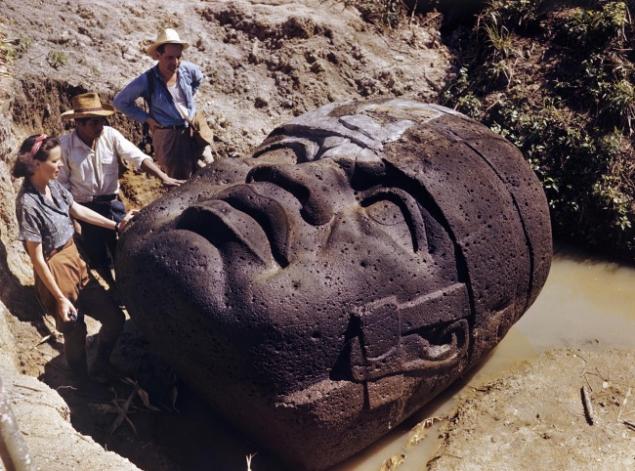
Olmec — Aztec tribe, who lived from about 1500 BC to 400 BC they made huge heads out of stone slabs weighing from 6 to 50 tons. Scientists still can't explain how Olmeca managed to build such a thing.
2. Ruins of ancient settlements in Scotland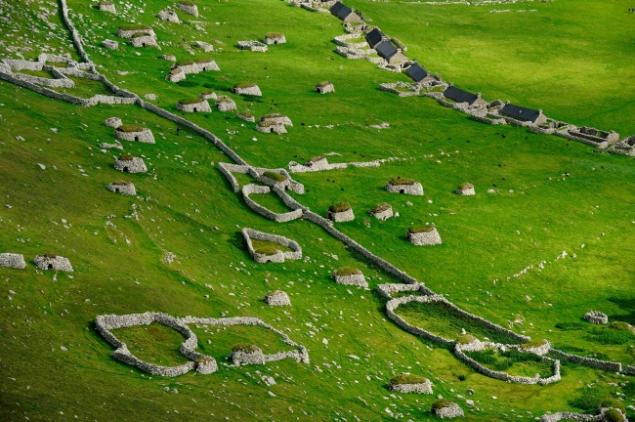
There is everything about with XXV century BC to XVII century BC To the present day preserved the remains of houses, a variety of artifacts and works of art.
3. Diver descends into the crater in Mexico
Cenotes — natural sinkholes of the vaults of limestone caves, in which the flow of groundwater. Once they were used by the ancient Mayans as water sources and places for sacrifices. The study of cenotes allowed archaeologists discover new clues to the Mayan civilization.
4. A man from the former Kingdom of Mustang in Northern Nepal has human remains found in a burial crypt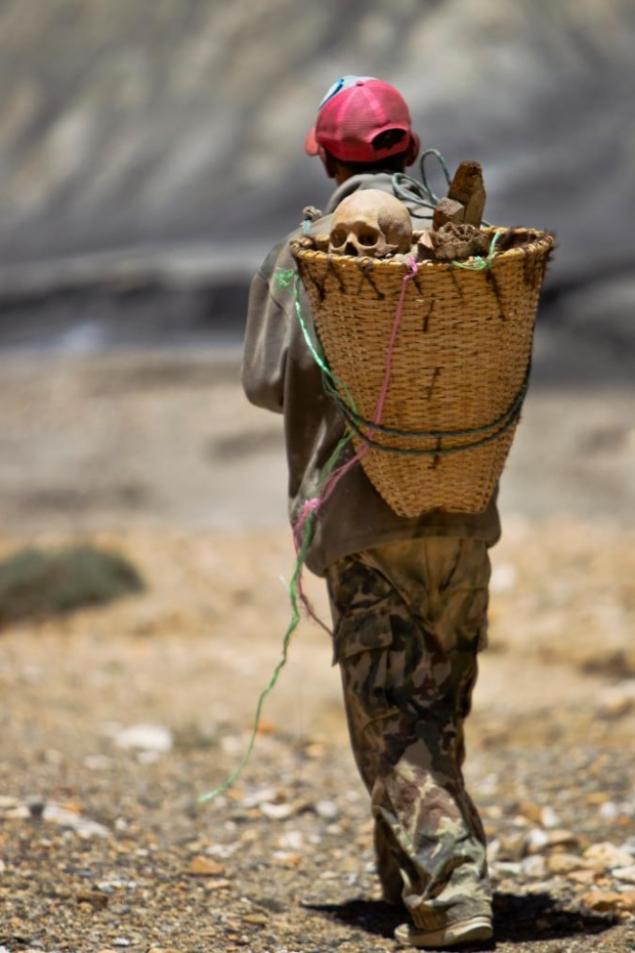
In one of the artificial mountain caves in Nepal lie the remains of 27 men, women and children. Many of the bones have traces of cuts, which indicate an unknown scientist for the funeral rites. The skeletons lay in an unusual tomb about 1500 years.
5. The aerial view of Leptis Magna in Western Libya
One of the largest and best preserved Roman cities, built during the reign of Augustus and Tiberius. To survived pretty impressive ruins, among which archaeologists are still occasionally make new discoveries.
6. The Palace Of Palenque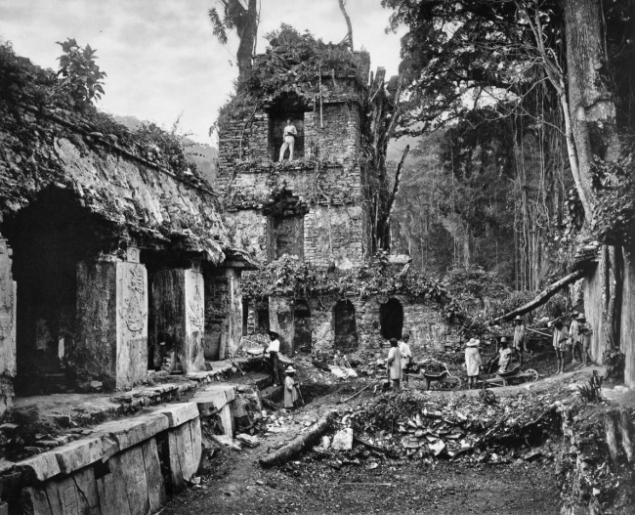
The main feature of the ancient city of Palenque in the northeast of the Mexican state of Chiapas — Palace with 4-storey tower, which is not found in any other Mayan city. Scientists believe that the height of the towers of Maya watched as the sun rays fall directly on Temple of the inscriptions at the winter solstice.
7. Walking stick, found in the tomb of king Tut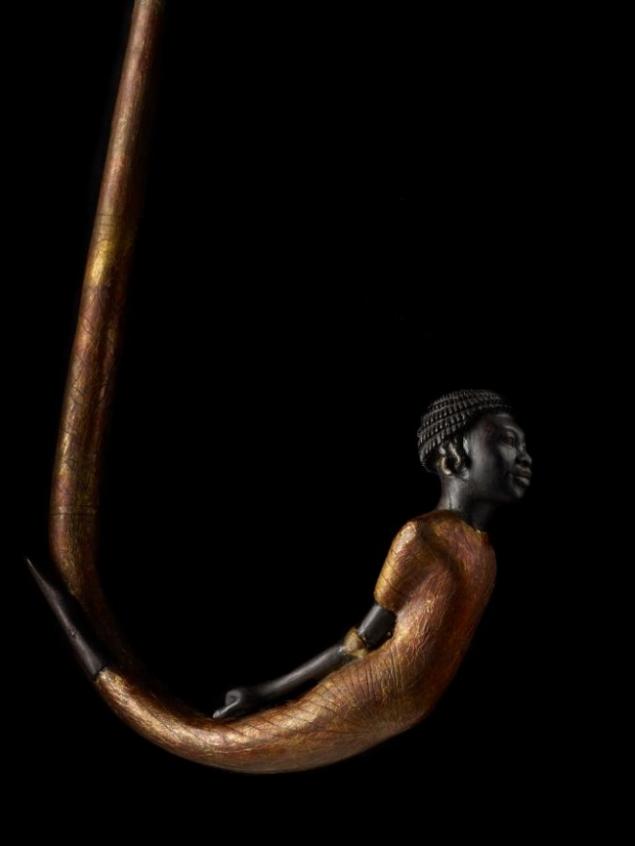
Walking stick carved in the form of a Nubian captive. According to one version, the Pharaoh put the gaff decoration down to sign the additional humiliation of the Nubians.
8. Louis Leakey and his family are of early hominids at Olduvai gorge
Paleoanthropologist Louis Leakey to fully support the theory of evolution and found a lot of evidence which confirm it. It was in Olduvai gorge after 30 years of excavation, he finally managed to find the skull of one of the predecessors of modern man.
9. Thousands of terracotta soldiers and horses are life-size, stand guard over the tomb of Emperor Qin Shi Huang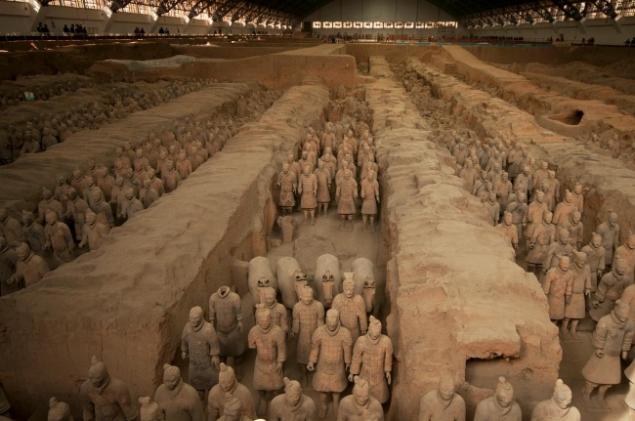
According to the plan of the Emperor's statues were to accompany him in the afterlife. Some terracotta army is regarded as a very progressive step, since this was customary in such cases to bury alive the soldiers directly.
10. Megaliths Stennes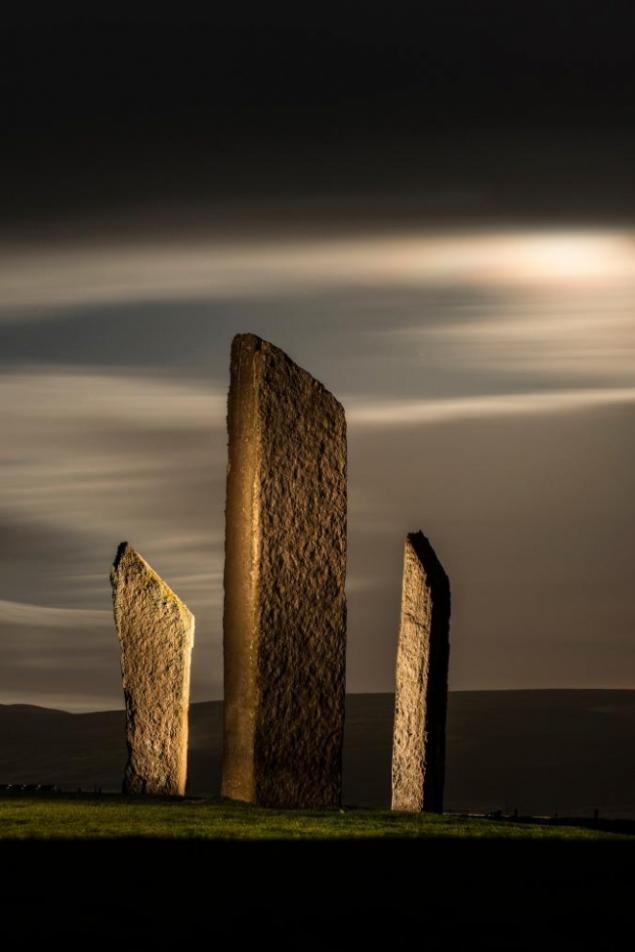
As with Stonehenge, with these Scottish stones is associated with many legends. The most popular speculation is that this place was used for sacrifices. But this version leaves a lot of questions.
11. The ice mummy ötzi, discovered in 1991 in the Ötztal Alps in Tyrol
According to studies, ötzi was born in about 3300 BC, making it the oldest mummy of Europe. After comparative DNA analysis proved that among 4 thousand 19 Tyrolean men are relatives of the "ice man".
Source National Geographic
Photos on the preview of national geographic
According to National Geographic, Gold Team, Wikipedia
See also
12 important archaeological findings that changed the history
7 historical mysteries, which are all still scratching their heads
13 historical monuments, mysteries which are still unsolved
via www.adme.ru/svoboda-puteshestviya/13-istoricheskih-pamyatnikov-zagadki-kotoryh-do-sih-por-ne-razgadany-1263965/
In childhood, every person wanted to find the treasure. And some have carried this dream further and become archaeologists. Thanks to them our planet with each passing year reveals more and more secrets of the past.
Site offers you to see a selection of photographs from the archives of National Geographic, which captured the most interesting moments of the archeological searches.
1. Archaeologists studying the stone head of the Olmec, 1947

Olmec — Aztec tribe, who lived from about 1500 BC to 400 BC they made huge heads out of stone slabs weighing from 6 to 50 tons. Scientists still can't explain how Olmeca managed to build such a thing.
2. Ruins of ancient settlements in Scotland

There is everything about with XXV century BC to XVII century BC To the present day preserved the remains of houses, a variety of artifacts and works of art.
3. Diver descends into the crater in Mexico

Cenotes — natural sinkholes of the vaults of limestone caves, in which the flow of groundwater. Once they were used by the ancient Mayans as water sources and places for sacrifices. The study of cenotes allowed archaeologists discover new clues to the Mayan civilization.
4. A man from the former Kingdom of Mustang in Northern Nepal has human remains found in a burial crypt

In one of the artificial mountain caves in Nepal lie the remains of 27 men, women and children. Many of the bones have traces of cuts, which indicate an unknown scientist for the funeral rites. The skeletons lay in an unusual tomb about 1500 years.
5. The aerial view of Leptis Magna in Western Libya

One of the largest and best preserved Roman cities, built during the reign of Augustus and Tiberius. To survived pretty impressive ruins, among which archaeologists are still occasionally make new discoveries.
6. The Palace Of Palenque

The main feature of the ancient city of Palenque in the northeast of the Mexican state of Chiapas — Palace with 4-storey tower, which is not found in any other Mayan city. Scientists believe that the height of the towers of Maya watched as the sun rays fall directly on Temple of the inscriptions at the winter solstice.
7. Walking stick, found in the tomb of king Tut

Walking stick carved in the form of a Nubian captive. According to one version, the Pharaoh put the gaff decoration down to sign the additional humiliation of the Nubians.
8. Louis Leakey and his family are of early hominids at Olduvai gorge

Paleoanthropologist Louis Leakey to fully support the theory of evolution and found a lot of evidence which confirm it. It was in Olduvai gorge after 30 years of excavation, he finally managed to find the skull of one of the predecessors of modern man.
9. Thousands of terracotta soldiers and horses are life-size, stand guard over the tomb of Emperor Qin Shi Huang

According to the plan of the Emperor's statues were to accompany him in the afterlife. Some terracotta army is regarded as a very progressive step, since this was customary in such cases to bury alive the soldiers directly.
10. Megaliths Stennes

As with Stonehenge, with these Scottish stones is associated with many legends. The most popular speculation is that this place was used for sacrifices. But this version leaves a lot of questions.
11. The ice mummy ötzi, discovered in 1991 in the Ötztal Alps in Tyrol

According to studies, ötzi was born in about 3300 BC, making it the oldest mummy of Europe. After comparative DNA analysis proved that among 4 thousand 19 Tyrolean men are relatives of the "ice man".
Source National Geographic
Photos on the preview of national geographic
According to National Geographic, Gold Team, Wikipedia
See also
12 important archaeological findings that changed the history
7 historical mysteries, which are all still scratching their heads
13 historical monuments, mysteries which are still unsolved
via www.adme.ru/svoboda-puteshestviya/13-istoricheskih-pamyatnikov-zagadki-kotoryh-do-sih-por-ne-razgadany-1263965/
How different actors favorite TV shows 90s
9 most effective exercises for beautiful legs and toned priests



